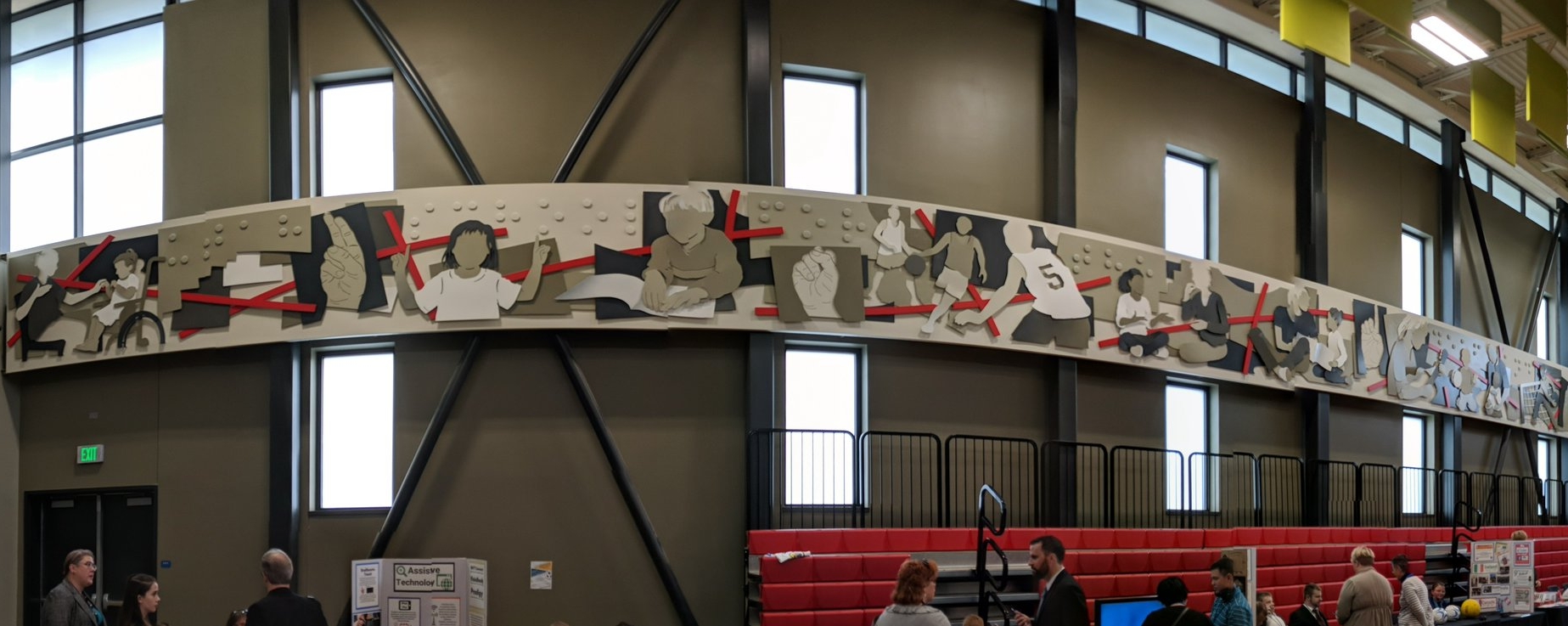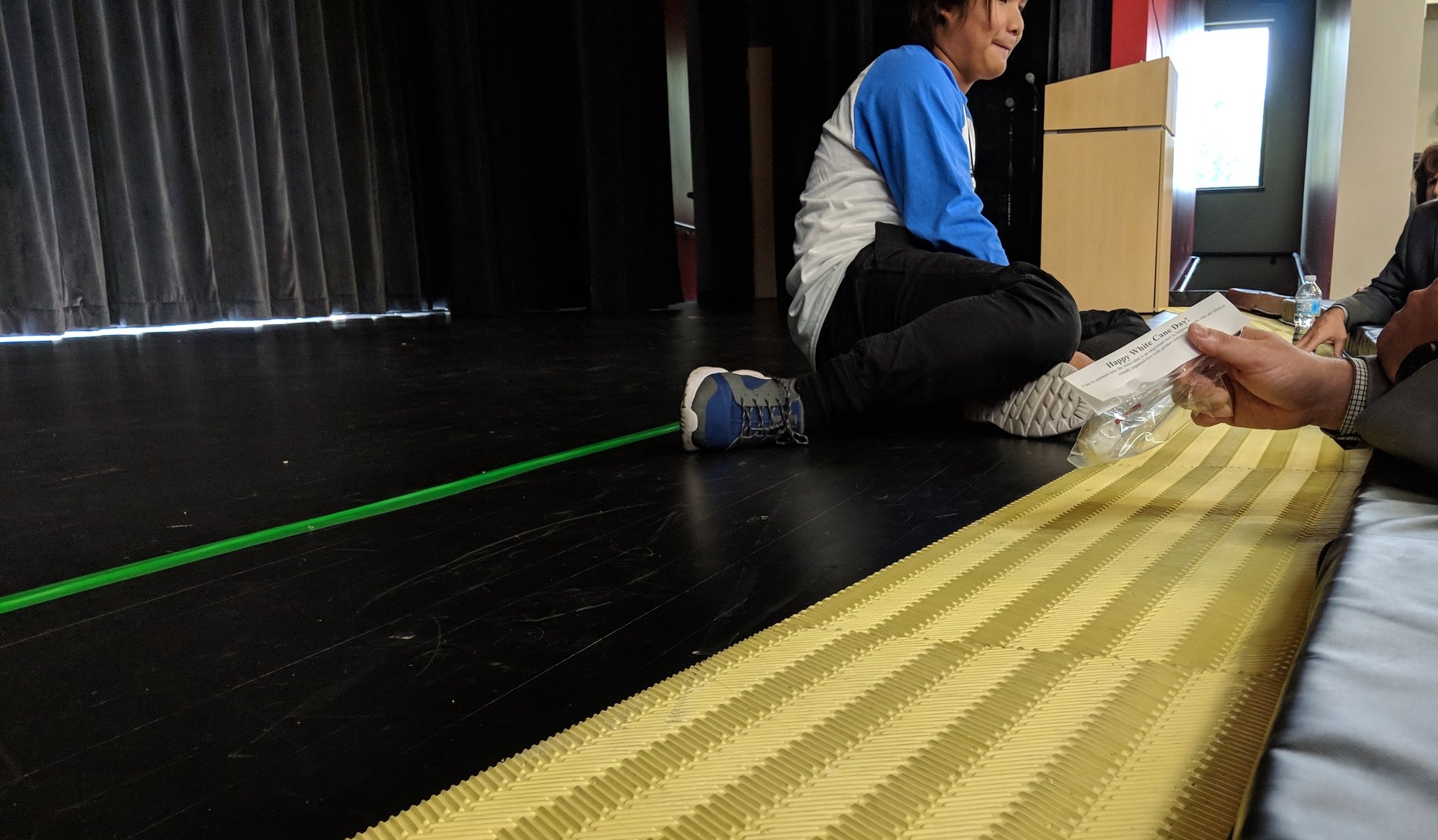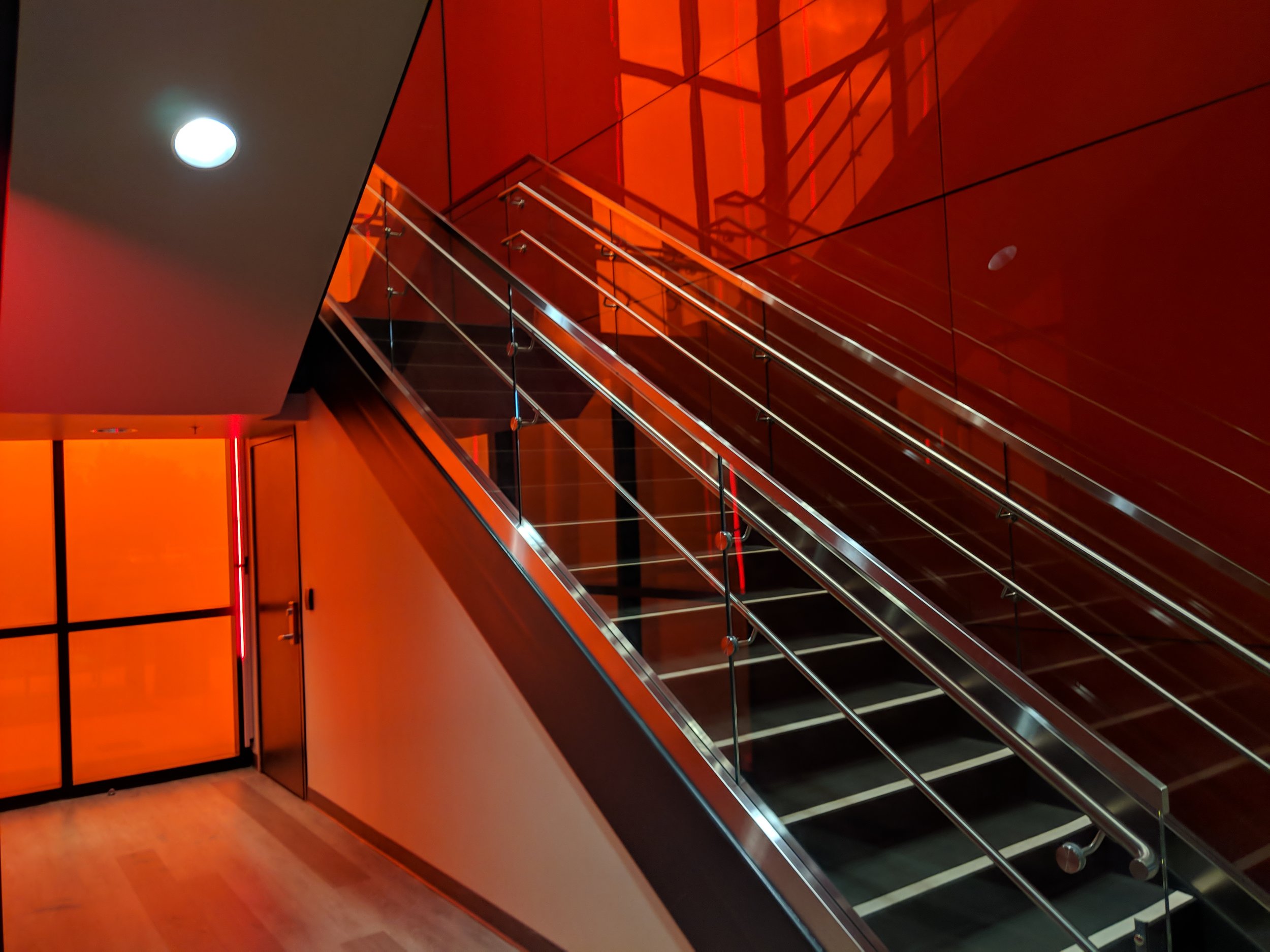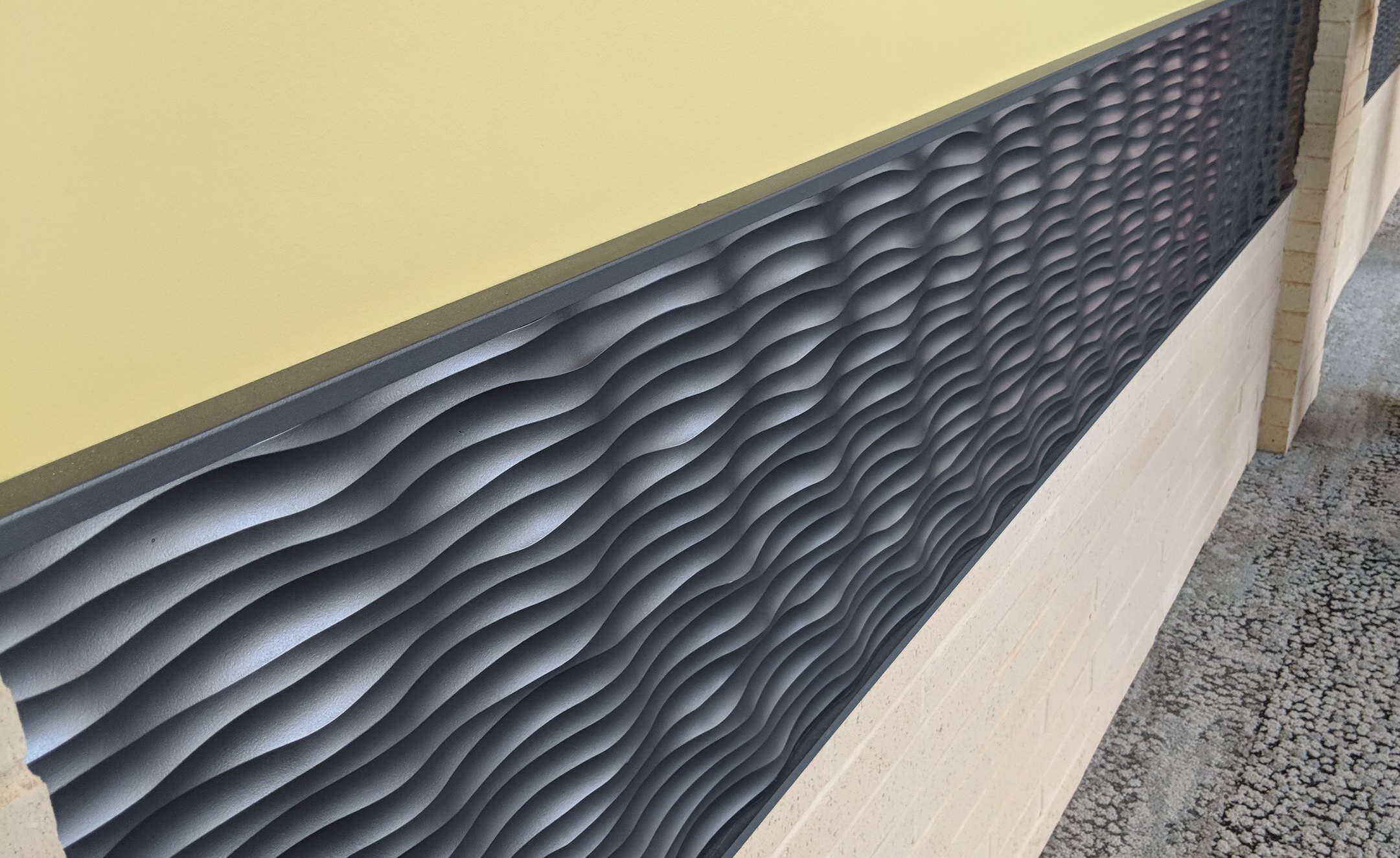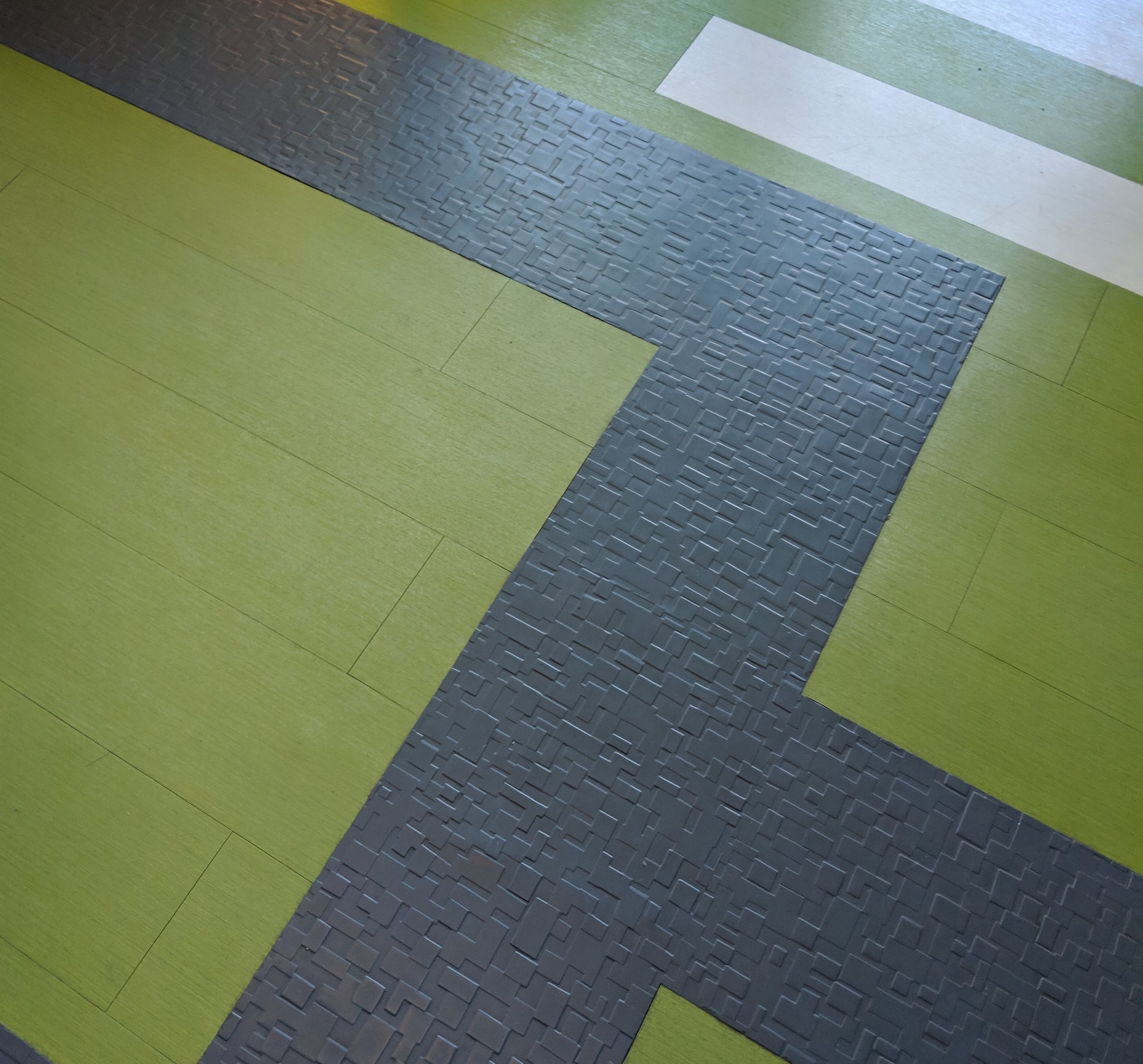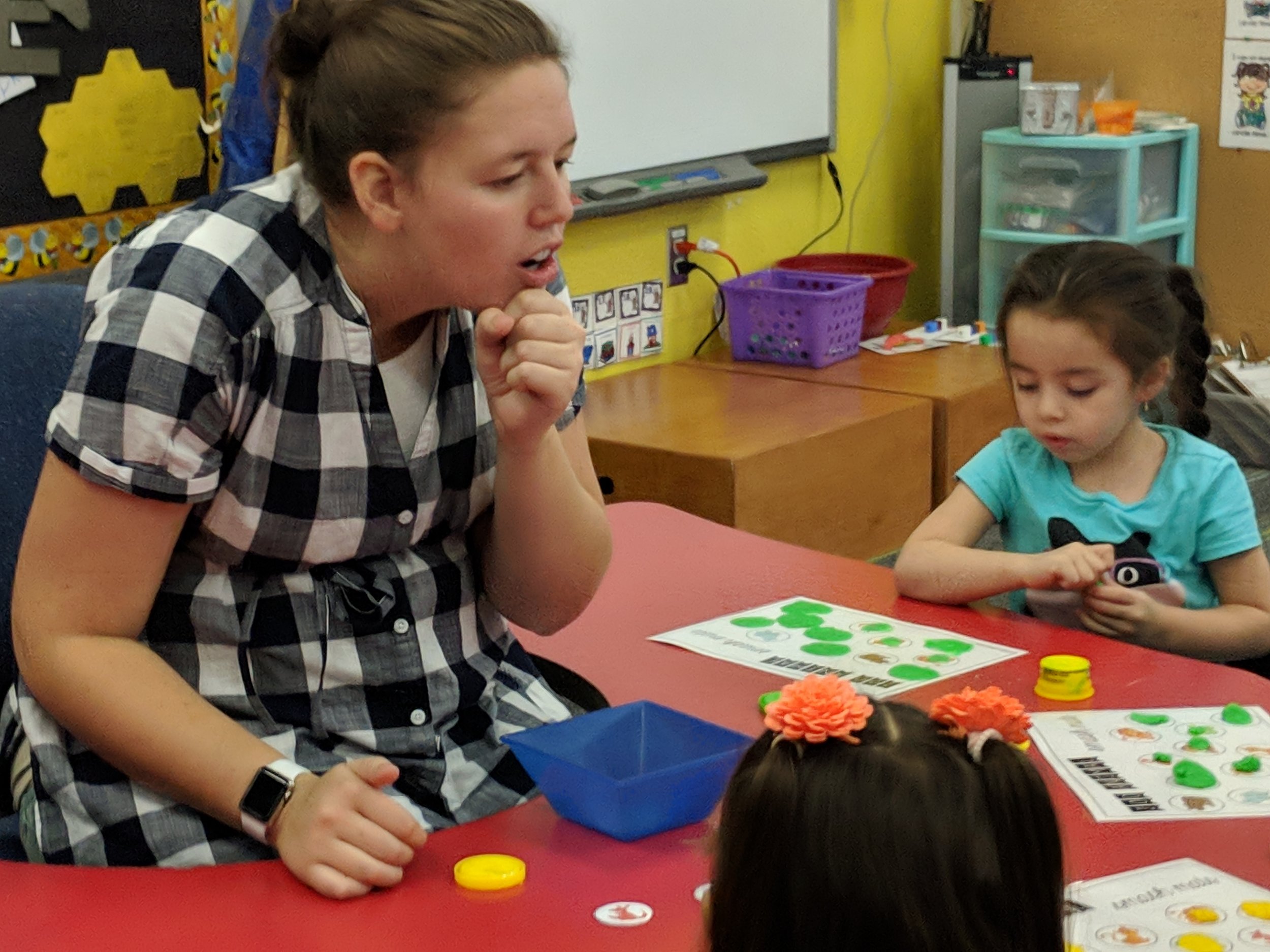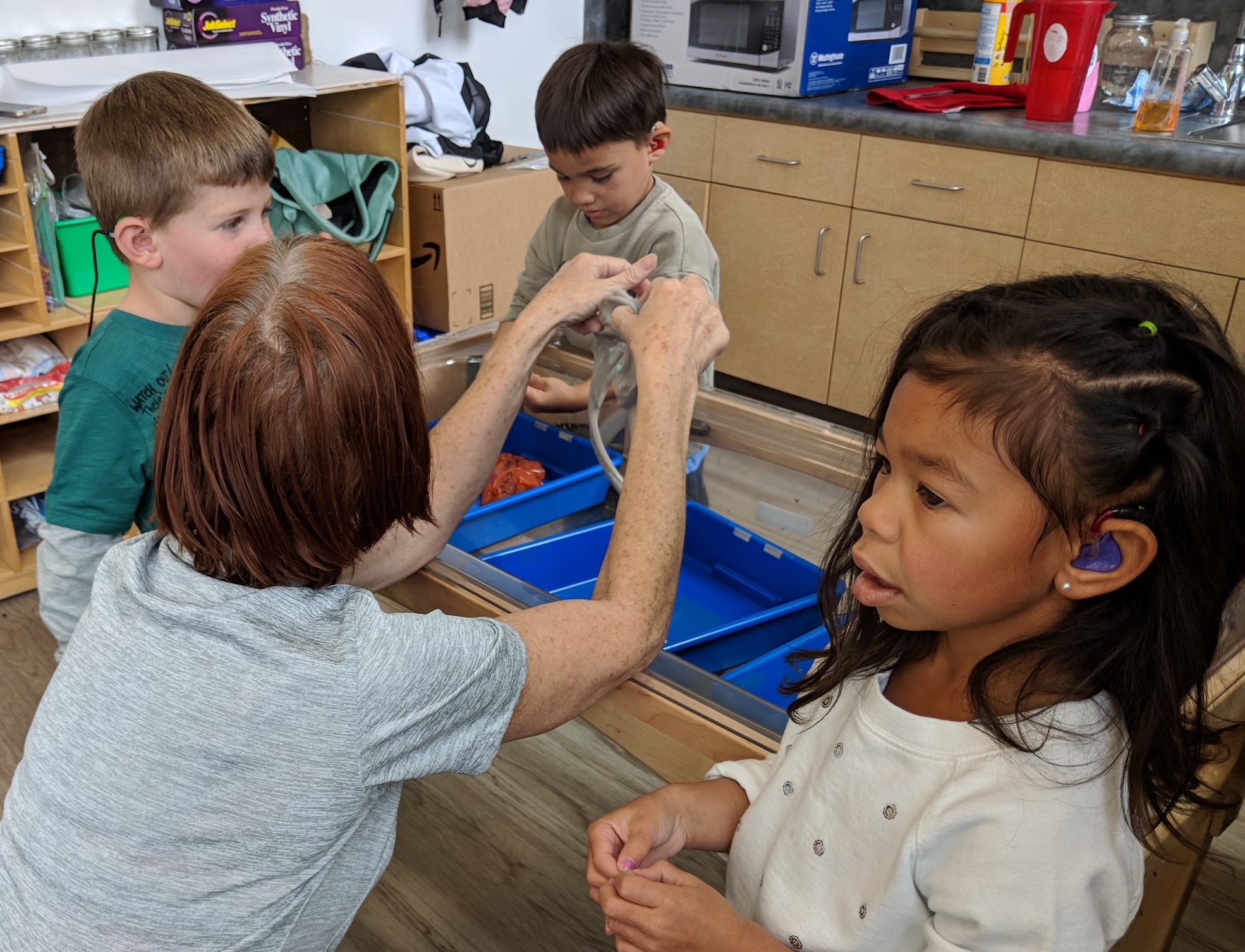Inspiring students. Innovative learning spaces. Strong and supportive leadership. Educators that truly connect with and care for kids. This school visit left me with a renewed sense of what is possible in education.
I am incredibly fortunate to work in a school district (BWRSD) that is an active member of the Digital Promise League of Innovative Schools. A highlight of being part of this network is the ability to visit schools from around the nation during our biannual league meetings.
At our recent Fall meeting, I had the opportunity to visit the Utah School for the Deaf and Blind. As I did when reflecting upon my visit last Spring to DPLIS league district Montour Public Schools, I will attempt to show more than tell.
Greetings and Introduction to USDB
First, I was in awe of the natural beauty of Utah on the ride from Park City to USDB…
We were warmly greeted by staff and our student tour guides, including Kelsy seen here. We then viewed the video (below) introducing us to their schools:
Gymnasium & Theater Stage
The gymnasium and stage are not only designed for accessibility, but also represent the school’s mission and culture at every turn.
Here you can see our impressive student tour guide Eh Ta (center.)
This wall art actually spells out USDB in both sign language and braille. It also include imagery of the various learning experiences for students throughout their career at the school.
Eh Ta demonstrates how the back of the stage has glass doors that can open up to create an outdoor theater.
The change in floor texture is a tactile signal for visually impaired students that they are nearing the edge of the stage.
The backboard and surrounding walls include a lighting system that can be controlled by the referee, representing the “whistle.”
Assistive Technology and Accessibility
A student demonstrates the assistive technology that helps her read paper texts.
“TJ the Blind Gamer,” as he preferred to be called, amazed us by demonstrating the “accidental” accessibility features, mostly audio cues, that enable him to play games such as Call of Duty despite being blind. He actively helps gamers who have similar impairments engage in these gaming communities, and even advises game designers on how to develop them in ways that provide opportunities for all players. See articles about TJ’s inspiring story here and here.
Sensory Garden
These amazing outdoor spaces are designed for students with vision and hearing impairments.
Open & Accessible Learning Spaces
Red and yellow are dominant colors for learners with cortical vision impairment.
Open spaces and glass walls help with communication as educators and students can sign to each other from distances.
The “bell” has both sound and flashing lights.
Many of the floors and walls provide tactile and visual feedback for students.
“Sensory rooms can help children with visual impairments seek to engage in the world.” Powerful statement made by an instructional leader at USDB.
Classroom Instruction
The classrooms we visited featured welcoming learning environments that focused on targeted, small group instruction. Most of the activities included very tactile, hands on experiences for students. It was also evident that posting exemplar student work was a key instructional strategy in the schools.
Family Engagement
A program is provided for families with young children to come in and learn parenting strategies from educators and parent volunteers.
Opportunities are provided for families to learn American Sign Language along with their children.
Student Performances
Incredible performance of a Shakespeare play by USDB students.
These students introduced the “We’re the Superhumans” video (see below), then did a fantastic job sharing their USDB experience with the audience.
One telling quote from the day came from a student explaining that they were “tired of dealing with so many ASL (American Sign Language) impaired people.” Yes, she was talking about us! To her, we were the ones lacking a critical skill, the ability to communicate via sign language. This was yet another reminder that the students here are confident in their abilities and empowered to thrive in any direction that their passions and interests take them.
This school serves as another model of what is possible when we design learning spaces and experiences in ways that helps all students thrive.
A huge thanks to the USDB community, Digital Promise, and BWRSD for making this experience possible.






